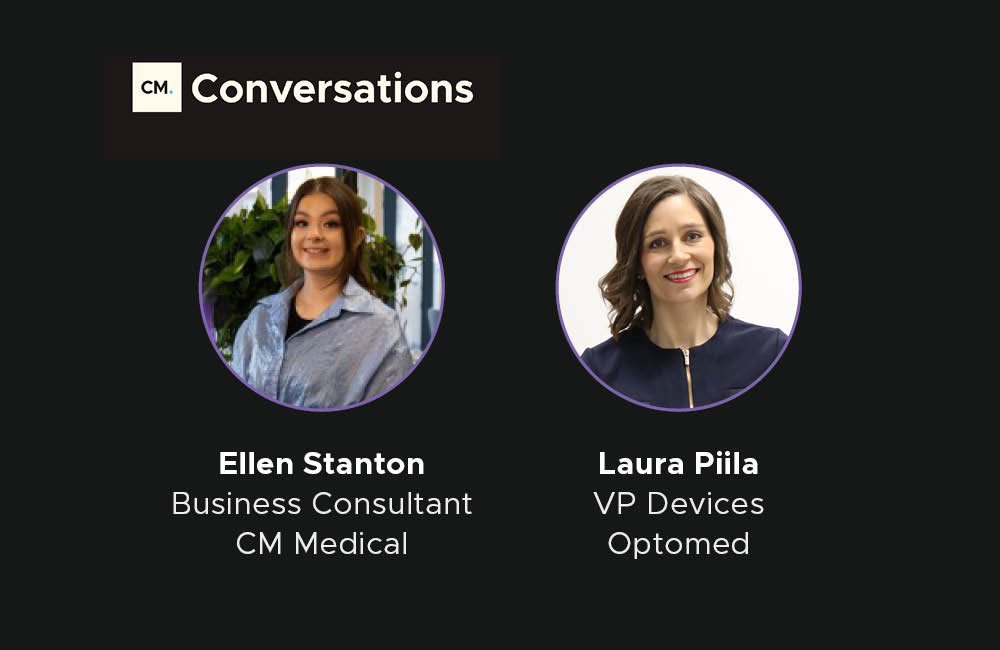

AI Reimbursement: Expectation vs. Reality.
AI Reimbursement in Healthcare
AI, as with every other industry, is now finding applications within healthcare. Deep-dive analytics are already being used to remind patients about renewing prescriptions and necessary repeat tests, such as by Healthcare Administrative Partners. According to Analysts CB Insights, AI healthcare startups received $4 billion in investment in 2019, compared to $2.7 billion in 2018. Despite this, the medical industry seems to be lagging behind in uptake, mainly due to the question of who covers the costs.
To improve AI adoption, the Centers for Medicare & Medicaid Services (CMS), reimburse hospitals for using ContaCT, from Viz.ai, which detects strokes from brain scans, and HeartFlow’s FFRCT, which uses CT angiographic scans to calculate the impact of vessel narrowing on heart health in the treatment of coronary artery disease. I was lucky enough to touch base with Heather Brown, SVP of Market Access and Reimbursement at HeartFlow, about getting CMS approval, and the discrepancy of women in this sector, who, despite having higher qualifications, are under-represented with higher attrition.
Putting a Value on AI
Attributing monetary value to software which performs a highly-skilled human’s job is very difficult, especially as human knowledge and thinking are not ‘FDA approved’. To try to put a number on this, health payers have stringent criteria for groundbreaking tech, which took ContaCT two years of trials, data discussions, and required support from various key players to pass. CMS has valued ContaCT by an Inpatient Prospective Payment System (IPPS), meaning hospitals are eligible for ≤$1,040 as a New Technology Add-on Payment (NTAP) for using the software in each patient. Similarly, HeartFlow has a National Payment Rate (NPR) from CMS of $930.34.
During our chat, Heather touched on the importance of opening up the market.
The first thing there's no immediate impact on uptake because it's a process and you know it takes some time to get those sites put in place and up and running, but what that payment rate has done for HeartFlow and for access to FFrct is it's essentially opened up the other half of our market so for Medicare based payments.
They have different payment rates inside the hospitals for outpatient services and for the pfs (physician fee schedule) office-based settings, so they set a national rate for the physicians’ offices”
Qualifying patients for reimbursement must also meet strict criteria, which can result in hospitals not receiving the NTAP counterintuitively due to reduced treatment costs incurred by ContaCT necessitating earlier treatment. The amount of NTAP depends on the previous year’s uptake, meaning smaller clinics will get less and developers will eventually make a loss, allowing start-ups to dominate. If this wasn’t enough, the reimbursement payment can take months to arrive, so some hospitals are against them. Some believe value-based systems such as the Alternative Payment Models (APM) from Medicare, are the only way forward, rather than IPPS. A return on investment may be needed for wider AI utilisation, as with deep-dive analytics where returning patients drive health and income for the hospital. These frustrating systematic barriers are preventing the obtainment and sustainability of reimbursement.
The Effects of Reimbursement
Incentivising AI is resulting in more hospitals signing up to use it: thrombectomy rates in large stroke clinics have increased by 50-60% since using ContaCT. However, before reimbursement, ContaCT was still used in 500 major US hospitals, as the quicker diagnosis meant more urgent and lucrative surgeries performed. However, as the criteria for usage are so strict with reimbursement, even the number of patients may not be as high as would be best for optimum healthcare outcomes.
We’re in a time where AI is an emerging technology field, so there are not established payment policies or mechanisms in place. This is something CMS has been wrestling with.
At HeartFlow, our approach has been to be very collaborative and work with CMS on establishing appropriate payment for our technology, while they’re developing broader policies to address all the different AI products that are coming to market.”
According to Heather, the introduction of the NPR for office-based settings didn’t have an immediate impact due to set-up time and a 6-month delay to make reimbursement claims. However, she has felt the impact of reimbursement within a year, due to accessing more patients, especially as visiting physician’s offices is preferred since Covid.
How to Get Reimbursement
In such uncharted territory as AI reimbursement, various steps are needed to make a proposal watertight and demonstrate significant benefits such as time-saving, improved outcomes and increased care access. According to Heather, despite HeartFlow’s 500 peer-reviewed articles, it took four years to get NPR, but CMS is working on a policy to make reimbursement easier.
-
Solve a problem - pilot incremental experiments to build AI
-
Engage stakeholders - build a multi-disciplinary team of healthcare professionals, scientists, patients and financiers
-
Validate results - statistically, clinically and economically
-
Scale up - make the tech usable in any population
-
Obtain FDA clearance
-
Apply for reimbursement - being clear with what is being asked for
The Future
The reimbursement of AI technologies in healthcare proves a positive step for AI. The development of new radiology CPT codes for AI technology shows that there is an expectation of more AI usage, but the whole structure of US healthcare, the value of AI and the approval process are barriers. However, although statistically faster and perhaps more accurate than humans, AI is still not accurate every single time. Therefore, although these advances in healthcare are promising, doctors won’t be replaced any time soon.
I'll certainly be keeping an eye on opportunities for companies as this space continues to develop and technologies adapt. Want to discuss the future of AI, reimbursement or the wider medical imaging market with me in some more detail? I'd love to hear your thoughts.
Drop me a message at ellen.stanton@medical-cm.com or connect with me on LinkedIn to chat!
Want to collaborate with us?
Charlton Morris is a Talent Solutions business who offer search, contract, volume and employer branding solutions to the medical markets.Feature in articles, podcasts and videos.
Recommended.

Putting Digital Pathology Front of Mind in Medical Imaging.
The digital pathology sector has seen a great focus within medical imaging in recent years. The use of digital technologies, advanced technology and AI integration means trends are shifting. These companies are leading the way.

Career Progression for Women in STEM.
In this episode, Ellen catches up with Laura Piila, VP of Devices at Optomed. Touching on the challenges she has faced as a woman in STEM, securing FDA approval in MedTech and loads more.
.jpg)
Four Recruitment Lessons for RSNA.
Ahead of RSNA, I thought I would look back at some of the things I’ve learned from those conversations in sales, marketing, leadership, and technical recruitment over the years. Click to find out.

Down Under Takes Top Spot: Australian Start-ups to Know.
Australia has created the perfect space for medical imaging start-ups to take off. We look at medical imaging companies making the most of this post-pandemic.
Comments.